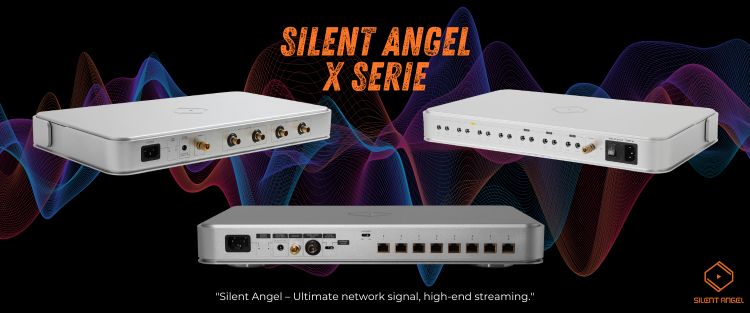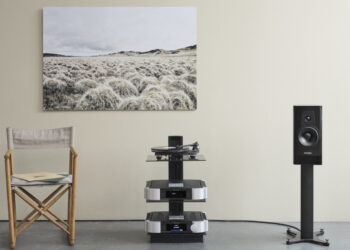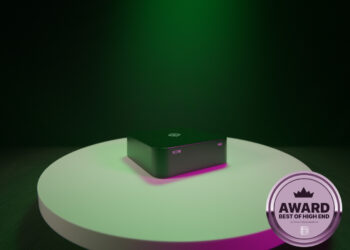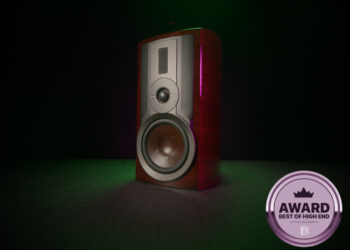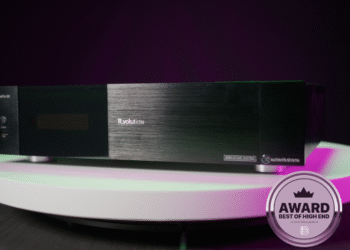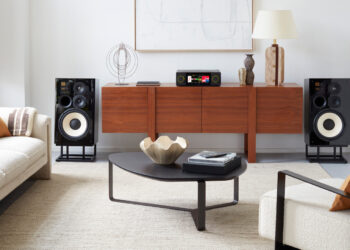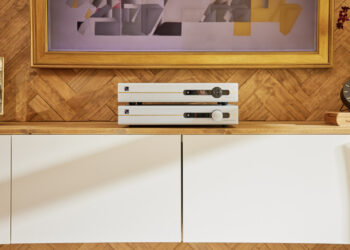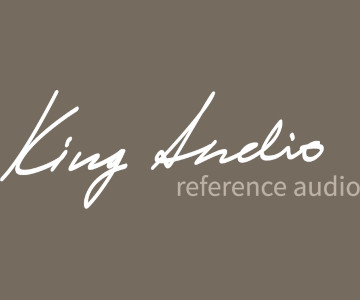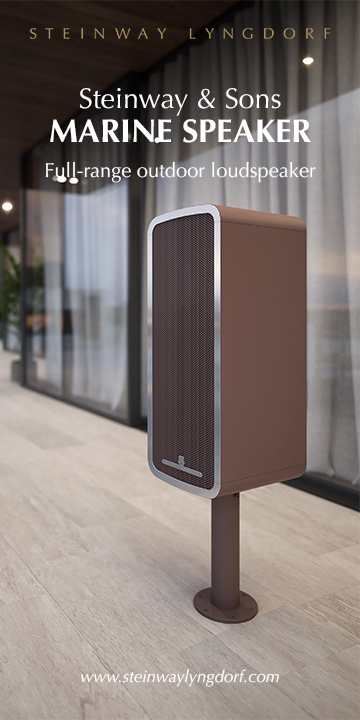This review is all about Roon. What is Roon? Why should we use it? Should we use origial Roon products or third party gear? Does it improve the sound experience over a straight use of let’s say Tidal Connect? A lot of questions and I don’t have all the scientific answers. But I’ll give it a try and break it down for you. A full Roon systems consists of 3 basic products: a Roon core (Server), Roon Apps (Control) and audio devices (Endpoints). Let’s first start with a small history lesson about Roon. The roots of Roon trace back to 1999, when a group of friends in New York City, passionate about music and technology, began exploring ways to enhance the digital music experience. At the time, digital music was becoming more accessible with the rise of MP3s, but the user experience was lackluster, often reducing music to simple file lists without the rich context of vinyl or CD liner notes. By 2003, this group, led by Enno Vandermeer, Danny Dulai, and Brian Luczkiewicz, developed a prototype: a touchscreen kiosk with high-end hardware, including a gaming GPU and a two-terabyte array, costing $20,000 to build. In 2006, the group formalized their efforts by launching Sooloos, a high-end music server system. In late 2008, Sooloos was acquired by Meridian Audio, a British company known for its pioneering work in digital audio. By 2015, the original Sooloos team saw an opportunity to take their vision further. The rise of streaming services and affordable high-quality audio hardware made their dream of a software-only music platform feasible. They reached an agreement with Meridian to spin out as an independent company, forming Roon Labs in February 2015. Roon was designed to run on everyday computers (Mac, Windows, Linux) or dedicated devices like network-attached storage (NAS) or Roon’s own Nucleus hardware. The software aggregated local music files, streaming services (initially Tidal, later Qobuz), and internet radio into a unified, visually rich interface. It enriched music with metadata artist bios, lyrics, reviews, and credits sourced from its cloud-based servers, and introduced features like Valence, an AI-driven music recommendation system. In November 2023, Roon was acquired by Harman International, a subsidiary of Samsung Electronics. The acquisition provided Roon with access to Harman’s vast resources, enabling potential growth in scale and integration with automotive and consumer audio systems.
Why Roon matters
Roon’s appeal lies in its ability to unify local and streaming music libraries, enhance them with rich metadata, and deliver high-quality audio across a wide range of devices. Its subscription model ($12.99/month, $9.99/month annually, or $699 lifetime) reflects its premium positioning, targeting users with large digital collections or a passion for music discovery. By 2025, Roon had over 100,000 subscribers and supported over 1,000 Roon Ready devices from 200+ brands, cementing its status as a leading platform for audiophiles.

Roon Core (Server)
The Roon Core, also called the Roon Server, is the brain of the system. It’s software that runs on a computer (Windows, macOS, Linux), a Network Attached Storage (NAS) device, or a dedicated Roon Nucleus device. It manages your music library, including local files (e.g., on a hard drive or NAS) and integrated streaming services like Tidal, Qobuz, or KKBox. It also handles audio processing, such as format conversion, volume leveling, and digital signal processing (DSP) like room correction or equalization. Probably one of the most important things Roon does is that it streams music to connected audio devices using Roon’s proprietary RAAT (Roon Advanced Audio Transport) protocol for high-resolution, bit-perfect playback (up to 32-bit/768kHz PCM and DSD512). Last but not least, it runs continuously to ensure seamless access to your music library
Roon apps (Control)
Roon Remote apps (available for iOS, Android, Windows, macOS) act as the control interface, allowing you to browse, select, and play music from your library or streaming services. They provide a visually rich, intuitive interface with metadata like artist bios, lyrics, reviews, and album artwork. More over, they enable control of playback across multiple devices or rooms from a single app. Roon ARC, a separate mobile app, lets you access your library on the go, even offline, by downloading files to your device.
Audio devices (Endpoint)
Devices that play music, such as Roon Ready streamers, DACs, networked speakers, or devices supporting AirPlay, Chromecast, or Sonos. They receive audio streams from the Roon Core via RAAT for optimal quality or other protocols (e.g., AirPlay) with potential resolution limitations. What about supporting multi-room playback, allowing synchronized or independent music streams across different zones? Roon Ready devices are certified for seamless integration and high-resolution audio, while Roon Tested devices are compatible but may not support RAAT.
Where does the Silent Angel Rhein Z1 Plus fit in?
The Silent Angel Rhein Z1 Plus is a high-performance music server designed specifically for audiophiles, offering several benefits when used as a Roon Core or endpoint. Below are the key reasons to use the Rhein Z1 Plus for Roon operation, focusing on its advantages over general-purpose computers or other Roon setups:
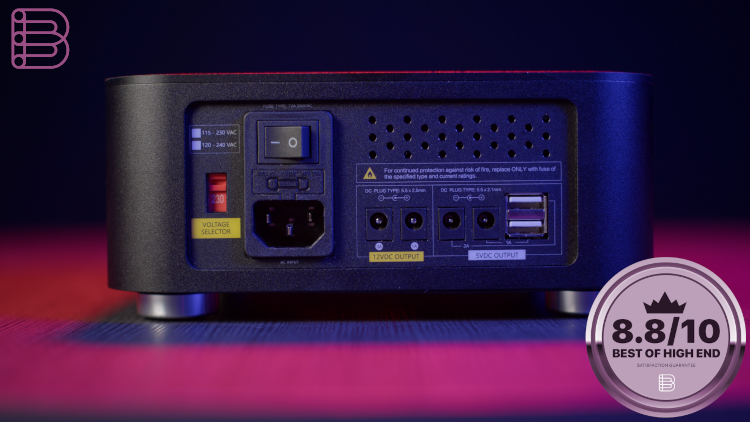
Why use a Silent Angel Rhein Z1 Plus?
The Rhein Z1 Plus is ideal for serious audiophiles, seeking pristine, high-resolution audio with minimal noise and jitter. Are you a multi-room enthusiast? The Rhein Z1 Plus has you covered. Music collectors with large high-resolution libraries needing fast, local storage also benefit from the Rhein Z1 Plus. In short, anyone wanting a dedicated, optimized Roon Core over a general-prupose PC or NAS should look into this Silent Angel product.
Why use a Silent Angel Forester F2 linear power supply?
Using the Silent Angel Forester F2 linear power supply with the Rhein Z1 Plus for Roon operation significantly enhances audio performance for audiophiles by providing a cleaner, more stable power source tailored to high-fidelity streaming systems. It offers a lot of benefits:
Why use a Silent Angel Munich MU as endpoint?
Using the Silent Angel Munich MU as a Roon endpoint alongside the Rhein Z1 Plus enhances a high-fidelity audio setup by leveraging the strengths of both devices to deliver superior sound quality, flexibility, and system optimization. Below are the key reasons to use the Munich MU as a Roon endpoint with the Rhein Z1 Plus, focusing on their complementary roles in a Roon-based ecosystem:
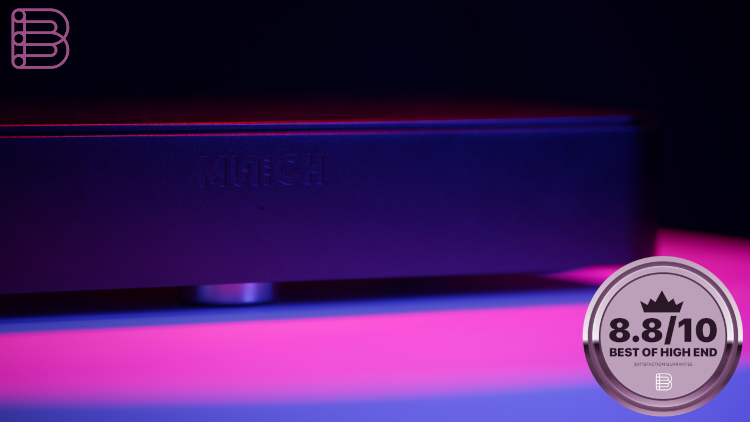
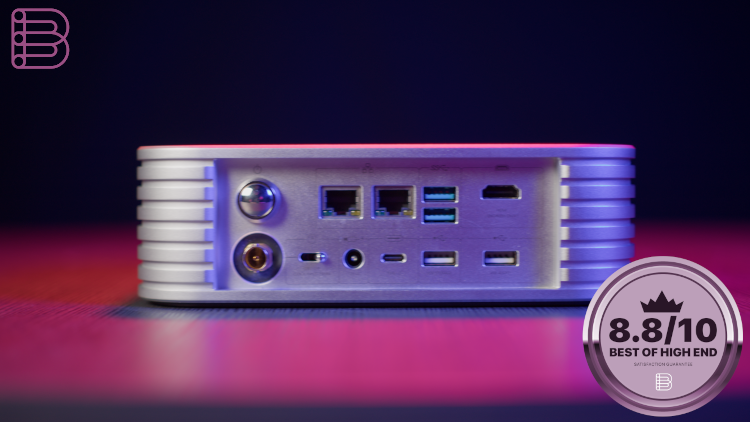
Real life performance check
In our listening room our Roon setup is as follows: Roon core on a Synology NAS, Roon app on Mac OS devices and a Lyngdorf MP-60 processor as endpoint (Roon Ready). During the auditive comparison, we switched between our daily setup and the Silent Angel stack. The results were staggering. Let’s be honest. You don’t expect there to be any difference when listening to the same tracks over different Roon setups. Come on. It’s still the same Roon software, the same app and the same endpoint. Against all odds, the musical performance/presentation of both setups was totaly different. Note: we couldn’t unlock the full potential of the Munich MU as our final endpoint is our Lyngdorf MP60 with only digital inputs. Full disclosure, we could only use the unit as a transport and not benefit from its “analog” part. The biggest change presented itself right from the start. Utilising the Silent Angel Rhein Z1 Plus as a Roon Core was a game changer. The sound and musical presentation was completely different, better. The noisefloor dropped seriously, presenting every track on a pitchblack background. Deafening silence. Absolute tranquility was introduced in our system. Every track was characterized by a fluidity that created a more immersive experience. Instruments started to “sing” more. Voices became more emotional. The soundstage opened up with more width, depth and increased layering. Gearing back to our own system, the sound was more flat, less dynamic and less “alive”. Adding the Forester F2 linear power supply to the system increased dynamics even more and offered a more potent bass with increased punch, depth and grunt. Introducing the Munich MU as a transport brought more refinement and overall “class” to the musical represantation. It elevated the performance and increased finesse. Talk about a rock solid trio!

Software List
Review Setup
Lyngdorf Audio MP-60 AV Processor
Silent Angel Roon Stack
Rhein Z1 Plus: €2.799 Forester F2: €1.349 Munich MU: €2.599The Silent Angel Roon Stack consisting of the Rhein Z1 Plus music server, Forester F2 linear power supply and Munich MU network streamer are ment for the absolute purists who want to get everything out of their Roon streaming setup. Admittedly, it requires a serious financial effort, but you do get what you pay for. A very stable, and reliable Roon streaming setup that delivers superior audio quality and offers serious flexibility. The fact that Silent Angel created a music server setup that exclusively runs Roon software (proprietary VitOS) proves their commitment to sound purity.





